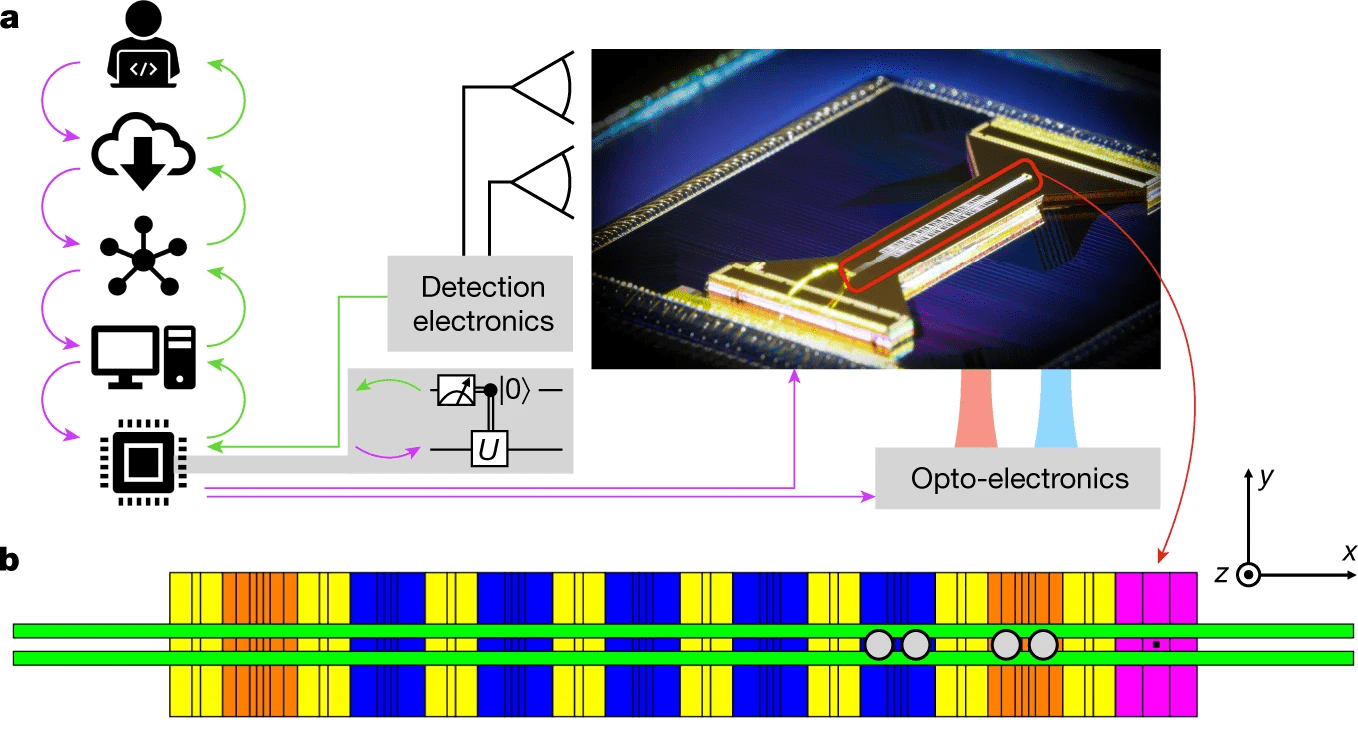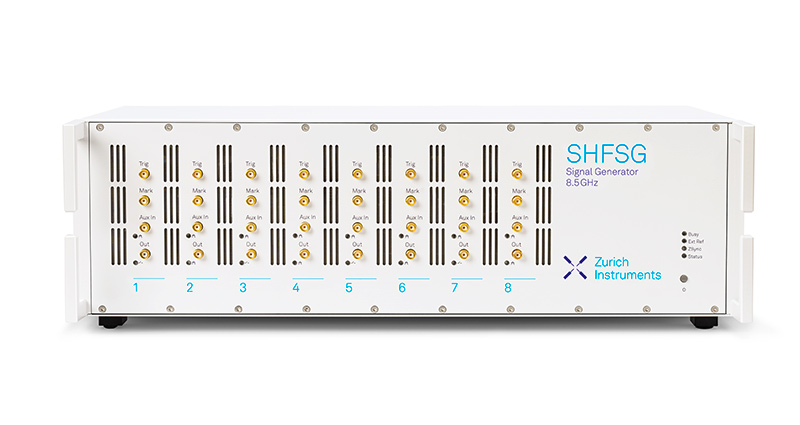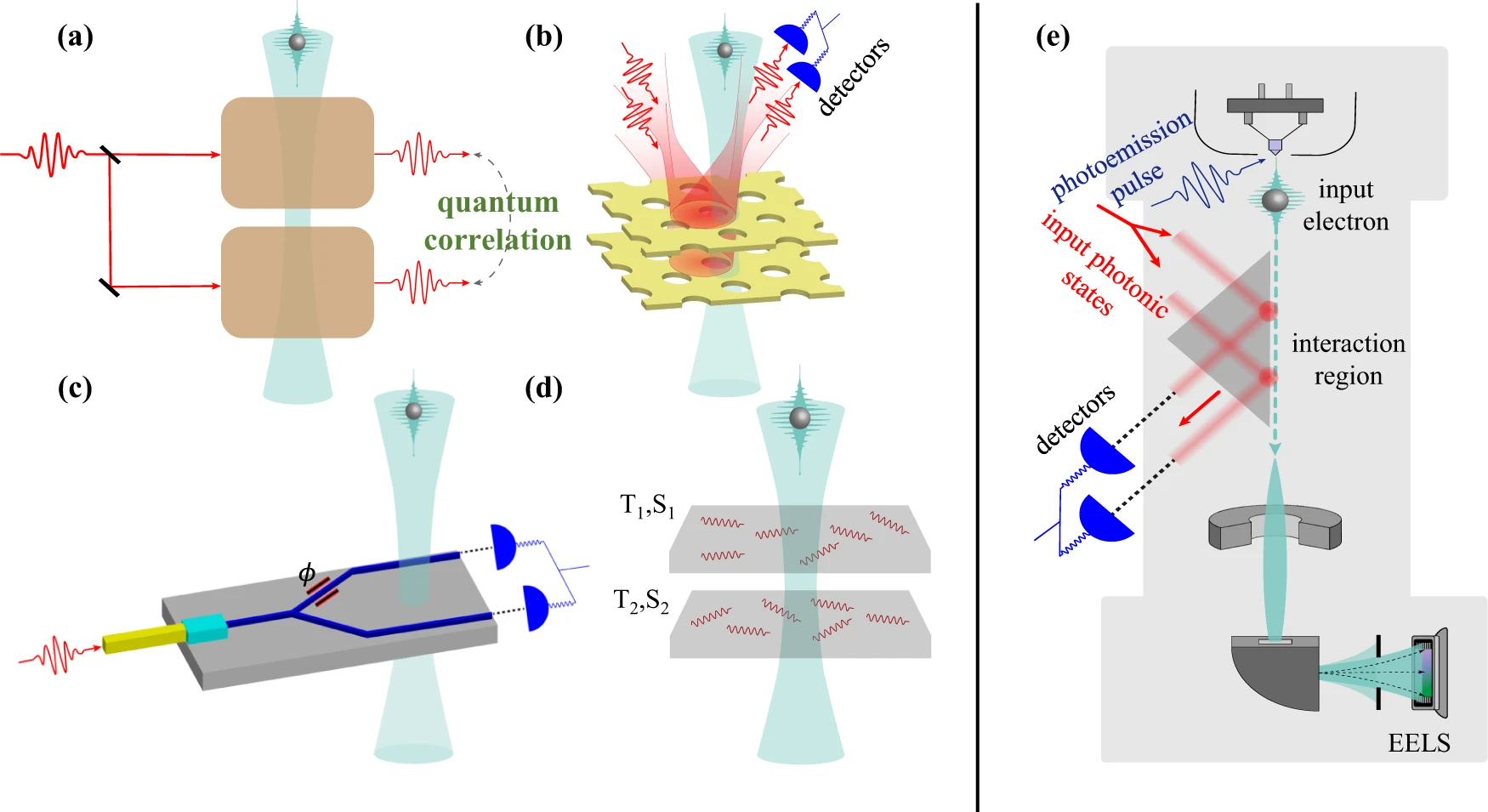
Trapped-ions is considered as one of the most promising mean to create most usable quibits, because it requires only a single ion crystal in a single trapping region. Unfortunately, it appears that this approach is unlikely to scale beyond 100 qubits. Developing an architecture allowing scalable trapped-ion quantum computer is therefore quite challenging.
By integrating all necessary elements of the trapped-ion quantum charge-coupled device (QCCD) architecture into a programmable trapped-ion quantum computer, authors realised simple quantum operation as a teleported CNOT gate and obtain negligible crosstalk error and a quantum volume of 26 = 64.
Even if the realisation of large systems of thousands or millions of qubits remains challenging and uncertain, this demonstration provides a viable path towards high-performance quantum computers.
This article is published in Nature.
The post Honeywell makes the demonstration of the trapped-ion quantum CCD computer architecture appeared first on Swiss Quantum Hub.




